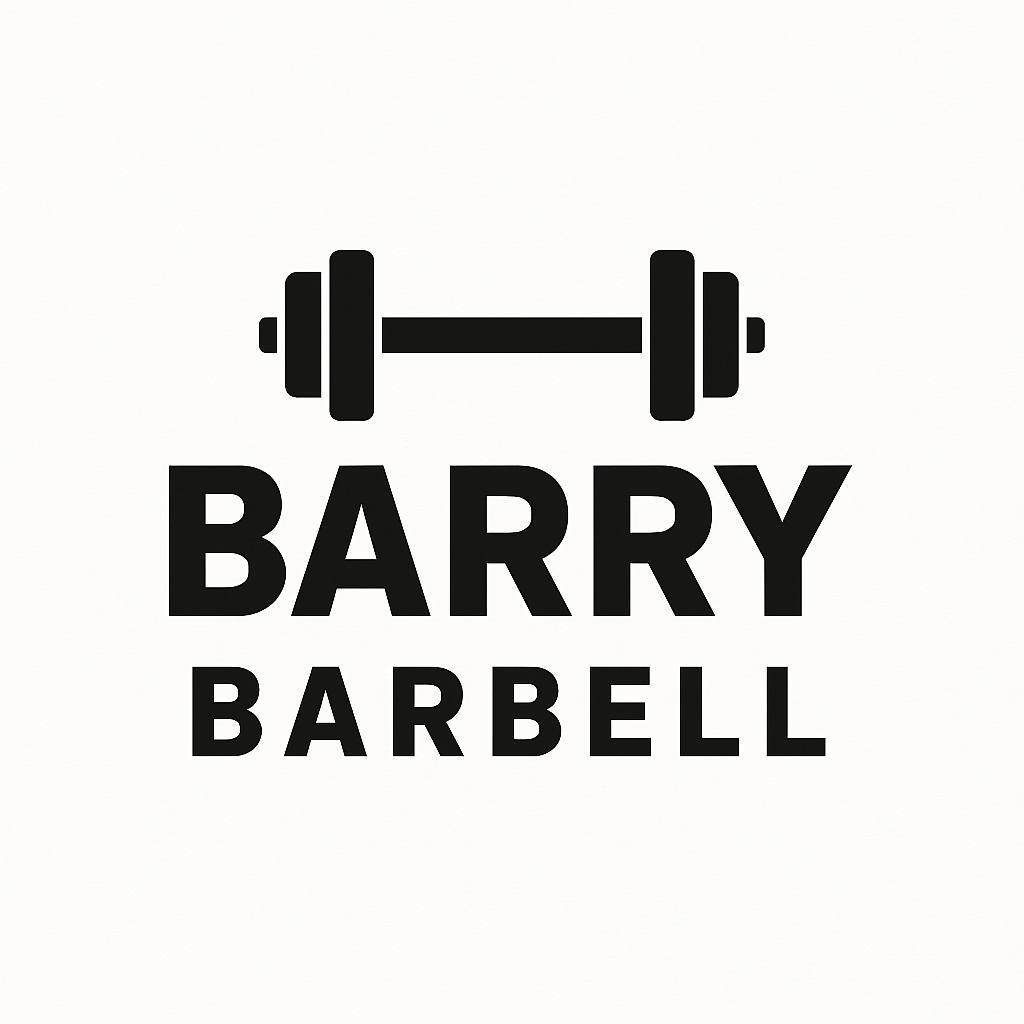Losing fat can be challenging, but incorporating strength training into your routine can make a significant difference. This article will guide you through how to use strength training to lose fat effectively. We’ll explore the specific benefits, practical tips, and strategies to help you achieve your fitness goals.
What Are the Benefits of Strength Training to Lose Fat?
Strength training is a form of resistance training that uses load-bearing exercises to improve strength and endurance. There are several key benefits of incorporating strength training into your fat loss journey. Here are a few:
- Increased Metabolic Rate: Strength training boosts your metabolism, helping you burn more calories even when you’re not working out. This is due to the muscle repair process and the increased energy expenditure needed to maintain muscle mass.
- Muscle Preservation: While losing fat, maintaining muscle mass is crucial. Strength training helps you retain and even build muscle, preventing muscle tissue loss that often accompanies weight loss from diet alone.
- Improved Body Composition: Reducing body fat while increasing muscle mass produces a more toned and defined appearance. This improved body composition looks better and contributes to better overall health.
- Improved Overall Health: Strength training strengthens bones, improves joint function, and enhances cardiovascular health. It can also lower the risk of chronic diseases such as type 2 diabetes, heart disease, and osteoporosis.

How Strength Training Helps in Weight Loss
Boosting Your Metabolism
During strength training sessions, you create tiny tears in your muscle fibers. As your body repairs these tears, your metabolism increases, leading to more calories burned. This process, known as excess post-exercise oxygen consumption (EPOC), means you continue to burn calories long after your workout. The afterburn effect can last up to 48 hours post-workout, significantly contributing to your daily calorie expenditure.
Preserving Lean Muscle Mass
Cardio exercises are excellent for burning calories but can also lead to muscle loss if not paired with strength training. Muscle mass is essential for a higher resting metabolic rate because muscles require more energy to maintain than fat tissue. By incorporating strength training, you ensure that you maintain your lean muscle mass, which in turn helps you burn more calories even at rest.
Reducing Body Fat
Combining strength training with a proper diet creates a caloric deficit, leading to fat loss. Strength training can help you achieve a more significant calorie burn than cardio because of the afterburn effect. Additionally, strength training helps sculpt and tone your body, giving you a leaner and more defined physique as you lose fat.
Creating an Effective Strength Training Routine
Start with Compound Movements
Compound movements work multiple muscle groups simultaneously, making them highly effective for burning calories and building strength. These exercises engage large muscle groups and require more energy, increasing calorie expenditure. Include exercises such as:
- Squats: Targets the quads, hamstrings, glutes, and core.
- Deadlifts: Engages the lower back, glutes, hamstrings, and core.
- Bench Press: Works the chest, shoulders, and triceps.
- Rows: Focuses on the back, shoulders, and biceps.
- Pull-Ups: Targets the back, shoulders, and arms.
Incorporate Progressive Overload
To continue seeing progress, gradually increase the weight, reps, or sets in your routine. This principle, known as progressive overload, ensures that your muscles are continually challenged, leading to growth and increased calorie burn. Progressive overload can be achieved by:
- Increasing the weight lifted
- Increasing the number of repetitions
- Increasing the number of sets
- Reducing rest periods between sets
Mix in High-Intensity Interval Training (HIIT)
Adding HIIT to your strength training routine can further enhance fat loss. HIIT involves short bursts of intense activity followed by brief rest periods. This combination maximizes calorie burn and improves cardiovascular fitness. HIIT workouts are time-efficient and easy to integrate into your strength training sessions. For example, you can perform a circuit of strength exercises followed by a HIIT finisher.
Strength Training to Lose Weight: Sample Workout Plan
Here is a sample strength training workout plan to help you lose weight. Aim to perform this routine three times a week, with at least one rest day between sessions.
Day 1: Upper Body
- Bench Press: 3 sets of 8-12 reps
- Bent Over Rows: 3 sets of 8-12 reps
- Shoulder Press: 3 sets of 8-12 reps
- Bicep Curls: 3 sets of 12-15 reps
- Tricep Dips: 3 sets of 12-15 reps
Day 2: Lower Body
- Squats: 3 sets of 8-12 reps
- Deadlifts: 3 sets of 8-12 reps
- Lunges: 3 sets of 12-15 reps per leg
- Leg Press: 3 sets of 12-15 reps
- Calf Raises: 3 sets of 15-20 reps
Day 3: Full Body and HIIT
- Pull-Ups: 3 sets of 8-12 reps
- Push-Ups: 3 sets of 12-15 reps
- Kettlebell Swings: 3 sets of 15-20 reps
- HIIT Circuit: Perform 30 seconds of each exercise, rest for 15 seconds, and repeat for 4 rounds:
- Burpees
- Mountain Climbers
- Jump Squats
- Plank Jacks
How to Make Progress
To progress this 3-day workout plan, gradually increase the intensity of your workouts to continually challenge your muscles. This can be achieved by increasing the weight you lift, adding more repetitions or sets, reducing rest periods between sets, or incorporating more advanced variations of the exercises.
Aim to make small, consistent weekly adjustments, such as adding 5-10% more weight or an additional set, to ensure continuous improvement and avoid plateaus. Regularly tracking your progress will help you identify when to make these changes and keep your workouts effective and engaging.

Nutrition Tips to Complement Your Strength Training
Focus on Protein
Protein is essential for muscle repair and growth. Ensure you’re getting enough protein in your diet from sources such as:
- Lean meats (chicken, turkey, lean beef)
- Fish and seafood
- Eggs
- Dairy products (Greek yogurt, cottage cheese)
- Plant-based proteins (beans, lentils, tofu)
Aiming for a protein intake of 0.8 to 1 gram per pound of body weight can support muscle maintenance and growth.
Stay Hydrated
Proper hydration is crucial for optimal performance and recovery. Aim to drink at least 8-10 glasses of water per day, more if you’re sweating heavily during workouts. Staying hydrated helps with muscle function, joint lubrication, and overall energy levels.
Monitor Your Caloric Intake
To lose fat, you need to create a caloric deficit. Track your food intake to make sure you consume fewer calories than you burn. Use a food diary or a mobile app to help you stay on track. Aim for a balanced diet that includes:
- Complex Carbohydrates: Whole grains, fruits, vegetables, and legumes for sustained energy.
- Healthy Fats: Avocados, nuts, seeds, and olive oil for satiety and nutrient absorption.
- Protein: As mentioned, protein is vital for muscle repair and growth.
Eat Balanced Meals
To fuel your workouts and recovery, include a mix of macronutrients (proteins, carbohydrates, and fats) in your meals. Focus on whole, unprocessed foods for the best results. Balanced meals can help stabilize blood sugar levels and prevent energy crashes.
Timing Your Meals
The timing of your meals matters for optimal performance and recovery. Keep the following tips in mind as you plan your meals:
- Pre-Workout: Consume a balanced meal or snack 1-2 hours before your workout. This meal should include complex carbohydrates and protein to fuel your exercise session.
- Post-Workout: Within 30-60 minutes after your workout, eat a meal or snack that includes protein and carbohydrates to support muscle recovery and replenish glycogen stores.
Staying Motivated and Consistent
Set Realistic and Meaningful Goals
Setting achievable goals helps you stay motivated and track your progress. Break your larger goal into smaller milestones and celebrate each achievement. For example, if your goal is to lose 20 pounds, focus on losing 1-2 pounds per week. Tracking your progress with photos, measurements, and journal entries can motivate you.
Find a Workout Buddy
Working out with a friend can keep you accountable and make your workouts more enjoyable. A workout buddy can also provide support and encouragement on challenging days. Additionally, having someone to share your fitness journey with can make the process more enjoyable and less daunting.
Track Your Progress
Keep a workout journal to record your exercises, weights, reps, and sets. Tracking your progress helps you see your improvements over time and stay motivated. It also allows you to identify patterns and make adjustments to your routine as needed. Monitoring your diet and exercise habits can help you stay on track and make informed decisions about your fitness plan.
Vary Your Workouts
To prevent boredom and plateaus, vary your workouts by changing exercises, rep ranges, and training techniques. Incorporate different types of strength training, such as bodyweight exercises, resistance bands, and free weights. This variety keeps your muscles guessing and promotes continuous progress.
Reward Yourself
Set up a reward system for reaching your fitness milestones. Rewards can be non-food-related, such as a new workout outfit, a massage, or a fun activity. Rewarding yourself for your hard work and dedication can boost your motivation and make the journey more enjoyable.
Use Strength Training to Lose Fat
Strength training is a powerful tool for losing fat and improving your overall health. By incorporating the principles and tips outlined in this article, you can create an effective strength training routine to help you lose weight and achieve your fitness goals. Remember, consistency and dedication are key. Stay focused, and you’ll see the results of your hard work. With the right approach and mindset, strength training can transform your body and enhance your quality of life.

